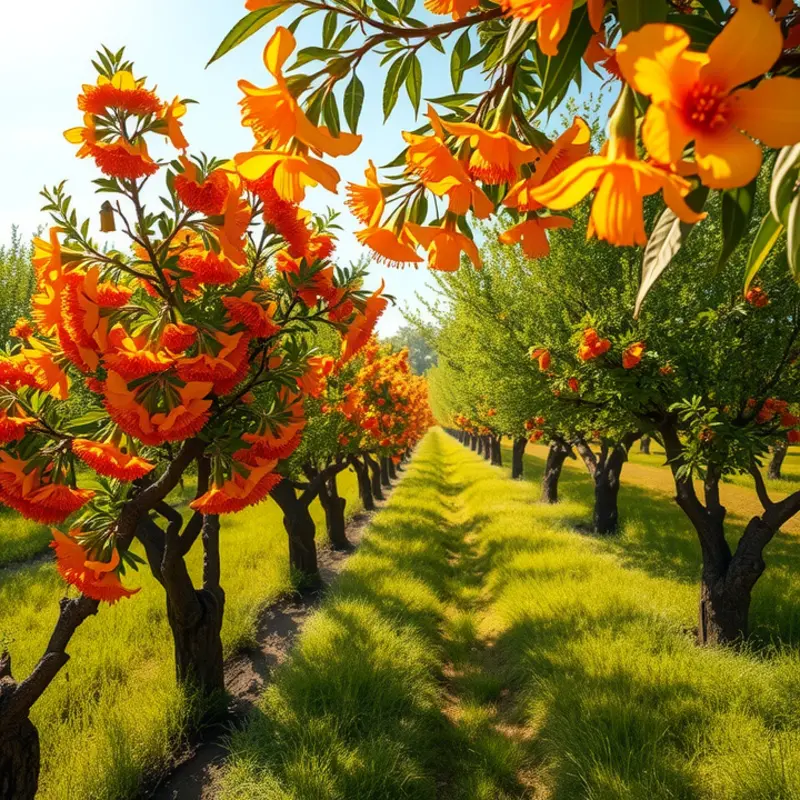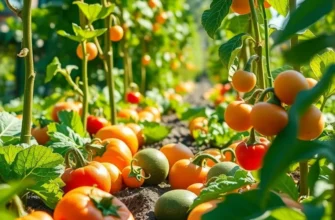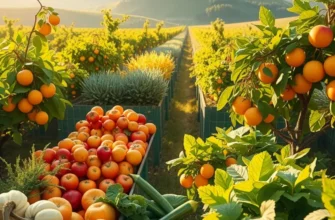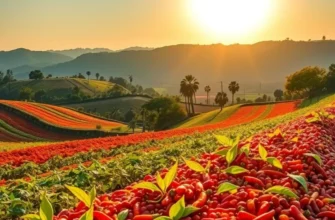Trade routes have long connected distant cultures, weaving a tapestry of flavors and culinary practices. As merchants and explorers traversed mountains, deserts, and seas, they exchanged not just goods but traditions, spices, and recipes. This exploration of food from historical trade routes unveils the rich, diverse gastronomies that have been cultivated over centuries. From the Silk Road’s fragrant spices to the sea trade’s influence on coastal cuisines, join us in uncovering the culinary legacy shaped by the world’s enduring trade pathways.
The Spice Trail: Flavors of the Silk Road

The Silk Road, a tapestry of trade routes, was instrumental in the exchange of spices between Asia and Europe. This ancient network not only fostered cultural and economic exchanges but also transformed culinary landscapes across continents.
One of the most treasured spices traded along these routes was saffron, originating from Persia. Known for its deep golden hue and distinct aroma, saffron became a luxurious addition to dishes from Persia to Spain. Its cultivation and use drastically influenced local cuisines, giving rise to iconic dishes like the Persian saffron rice and Spanish paella.
Another example is the introduction of chilies from India, which altered culinary practices in regions as far as Hungary and beyond. While India was already peppering its dishes with heat, the arrival of chilies enabled countries like Hungary to create fiery stews such as goulash. The exchange of such ingredients illustrates the transformative impact of the Silk Road on culinary traditions.
Equally significant were spices like cinnamon and cloves. Cinnamon, harvested from the bark of trees in Sri Lanka, was fervently sought after in Europe. It enriched European baking, becoming a staple in sweets and pastries. Cloves, native to the Maluku Islands, spread widely and became essential in European and Asian kitchens alike.
The journey of these spices was more than just an exchange of goods. It brought forth an intercultural dialogue, embodying a blend of tastes and traditions. As spices traveled, they carried with them stories of lands both familiar and foreign, intertwining culinary legacy with cultural narratives.
To witness the expansive influence of the Silk Road on global cuisine, one can look at how the introduction of various spices has redefined flavor profiles. For those interested in exploring culinary influences stemming from trade routes, reading about the culinary influences of trade offers a deeper insight into how ancient commerce has shaped food culture.
From the peppery heat of Indian chilies blending into Hungarian stews to the luxurious addition of Persian saffron in Spanish dishes, the Silk Road stands as a testament to a world connected by the pursuit of flavor and fragrance. Its legacy endures in the myriad ways it has shaped and continues to influence global culinary practices.
Maritime Flavors: The Spice Trade and Coastal Cookery

The sway of the sea lanes transformed culinary traditions along coastlines worldwide. The Spice Trade, with its aromatic array of exotic offerings, left an indelible mark on coastal cuisines. As spices like cinnamon, cloves, and nutmeg voyaged from the East Indies to the bustling bazaars of Europe and back, they infused regional dishes with new flavors and textures. This cross-cultural gastronomy is epitomized in dishes like Malaysian rendang and Portuguese piri piri chicken.
Rendang, a fragrant and rich dish hailing from Malaysia, provides a perfect example of this culinary evolution. The ancient trade networks introduced spices like cumin and coriander, harmonizing with local ingredients such as coconut milk and lemongrass. This melding of ingredients creates a sumptuous, slow-cooked beef stew that epitomizes the integration of foreign spices into indigenous fare. The transformation of rendang from a festive ceremonial dish to a staple in Malaysian households further illuminates the legacy of the spice routes on daily life.
Shift westward to Portugal, and again we see the impact of maritime trade on local cooking. Piri piri chicken, a fiery testament to cultural indulgence, derives its name and primary ingredient from the globe-trotting African bird’s eye chili. This small pepper was introduced to Africa via Portuguese traders from the Americas. Its subsequent journey to the Iberian Peninsula highlights the ongoing influence of maritime commerce. Piri piri sauce, a spicy concoction often blended with garlic, olive oil, and lemon, illustrates the confluence of new-world ingredients with European culinary traditions.
These dishes symbolize how the spice trade facilitated a blending of culinary practices. Each new spice introduced along the trade routes spurred experimentation, leading to the creations that define coastal cuisines. This culinary cross-pollination was not solely reserved for affluent societies but infiltrated homes across all social strata. Local cooks adapted luxury spices to enhance traditional dishes, making them both palatable and prestigious.
Similarly, the Spice Trade affected other regions along these coastal routes, infusing indigenous cuisines with international ingredients and techniques. In these developments, one observes a fascinating overlap of culinary and cultural exchange. The reimagining of regional dishes was often a joint venture, with merchants, sailors, and local chefs all playing vital roles.
The melding of Eastern spices with Western, African, and American influences is not merely a historical footnote but a living tradition. To explore more about worldwide culinary influences, this resource provides insights into how trade shaped global culinary landscapes.
Modern culinary adventurers continue to savor the time-honored melange of flavors, echoing the vibrant cultural and mercantile exchanges of the past. The culinary treasures born from the Spice Trade speak to our world’s interconnectedness, proving that even history’s most intimate flavors were crafted as much from distant shores as local pastures.
Final words
The rich tapestry of global cuisines woven through historical trade routes highlights the complex relationships between cultures. Spices, ingredients, and cooking methods shared across borders have transformed local dishes into beloved classics, reflecting the stories of far-flung travelers and traders. Engaging with these culinary traditions not only satisfies our appetites but also deepens our understanding of the world’s interconnectedness. As you explore these flavors, think of the many hands and historical journeys that brought them to your table, allowing us to savor a piece of history in every bite.








